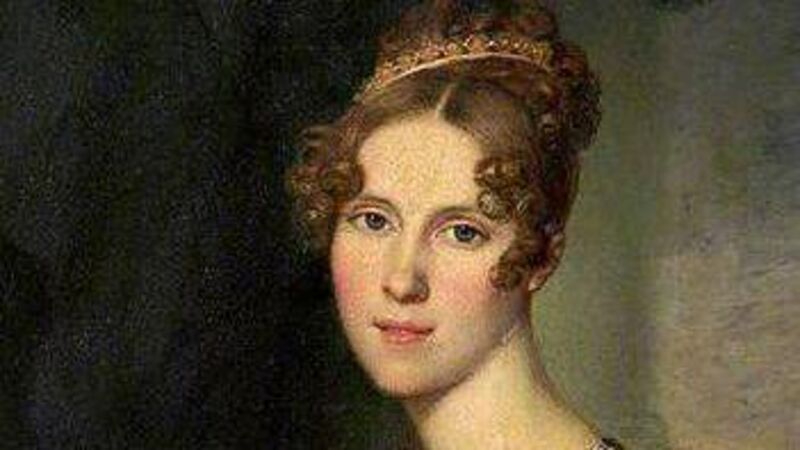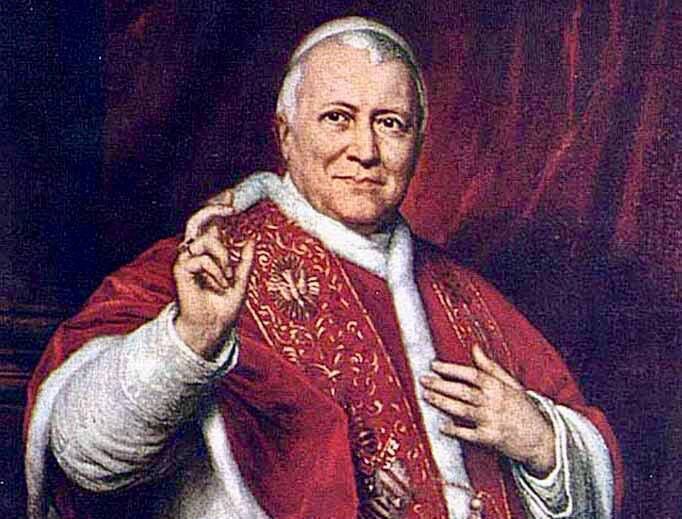John Dolan: Amazing tale of a Cork beauty jilted at the altar by a future Pope

But, of course, all pontiffs were adolescent boys once - and had the same urges, emotions, and crushes.
And Pope Francis was not immune to the love bug.
Growing up in Buenos Aires, he fell hopelessly in love with the girl four doors down from him, Amalia Demonte.
Aged 12, Jorge (as he was then) built her a miniature wooden house and presented it to her with her a love letter that vowed: “This is what I will buy when we get married.”
He added, almost as a threat: “If I do not marry you, I will become a priest.”
A slick mover, our Jorge, having a proposal and a back-up plan in place.
Heartbroken, Jorge became a priest, and the rest is history.
All of this is reminiscent of a remarkable story of a past pontiff who came very close to marrying a Cork lasher - before jilting her at the altar and joining the priesthood, whence he too ended up as the head of the Church in Rome.
Not even the love of a good Cork woman was enough to turn his head. Dowtcha, Holy Father!
It’s a story that would be considered too far-fetched for a Sunday evening TV period drama... but it’s true.
It relates to a Cork beauty of great renown in her day called Henrietta Foster - known as Harriet - who was born on October 9, 1785, one of seven children of William Foster, a Church of Ireland Bishop of Cork.
While staying in Florence, Italy, with her sister in the early 1800s, Harriet was wooed by a young nobleman seven years her junior called Count Mastai Ferretti, a member of the Noble Guard which served the Pope.

The fact he was a fervent Catholic and she was a Protestant did nothing to dampen their ardour.
When Harriet moved to Rome, he followed her there and courted her on Pincian Hill overlooking the city, then he proposed.
However, trouble was brewing for love’s young dream.
Harriet’s parents disapproved of the marriage and stayed at home in Ireland. And Count Mastai’s folks weren’t too happy about the union either.
On the big day, Harriet was in the church first, in keeping with Roman custom at the time, surrounded by a gaggle of her friends.
It isn’t hard to imagine how the bride-to-be must have felt as the minutes ticked by with no sign of her dashing groom.
Devastatingly, she was jilted at the altar that day, and would never see her handsome Count again... but she did live to see him end up as Pope Pius IX, a man who became one of the most influential pontiffs of all time.
This remarkable snippet of history would have been lost to the world if it wasn’t for a relative of Harriet’s called Edward Hawtrey, headmaster and later provost of the famous Eton College in England.
In his dying days, Hawtrey told the story of the jilting to an English writer, Augustus Hare, who included it in his own memoir, , published in the latter years of the 19th century.
Hare wrote: “On the last occasion on which I saw the Provost Hawtrey before his death, he said he knew I collected curious stories, and there was one, intimately connected with his own life, which he wished I should write down from his lips, and read to him when I had written it, that he might see that it was perfectly correct.”
Official accounts of the life of Pope Pius IX discard this version of events as “unreliable”, but I’m inclined to believe the dying Hawtrey ahead of the machinations of the Church.
So what happened to love’s young dream that day?
Hawtrey said the Count had a career marked out for him in the Church. “Letters were intercepted, and he was induced to believe that Miss Foster had ceased to care about him; he was persuaded to take orders.”
Having been gaslit, the Count’s family sent him on a Jesuit mission to the West Indies and, by 1819, he was a priest and duly rose up the ranks of the Church, becoming Pope Pius IX in 1846 — “and Miss Foster lived to know it,” added Hawtrey.
Harriet wed an English nobleman a few years later and had nine children. She died in 1856.
Early hopes that he would be a liberal pontiff and champion reform of the Church proved wide of the mark as he grew ever more conservative. However, as Pope during the Famine in Ireland, he did deliver a Papal Encyclical in 1847 urging prayers to be said and money donated to relieve the disaster. Perhaps he was remembering his Irish fiancée - and maybe he was feeling a pang of guilt about his actions.
Pius convened the first Vatican Council in 1869 which decreed Papal Infallibility, essentially that, in affairs of the Church, the pontiff was always right. Typical man.
Pope Pius IX was beatified in 2000, a step short of sainthood. I’m not sure Harriet Foster thought him worthy of that.







 App?
App?




